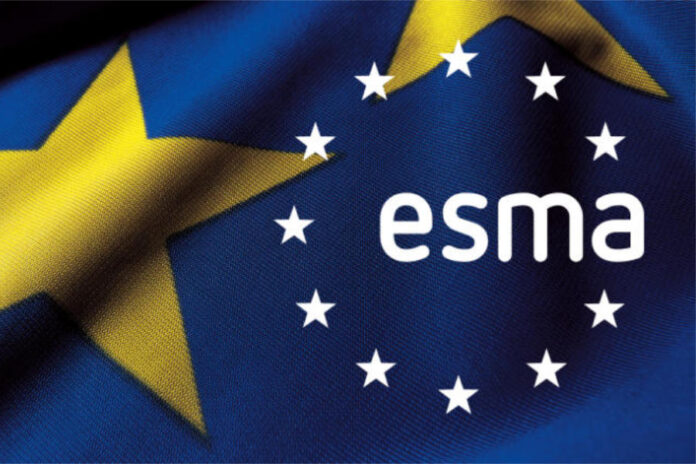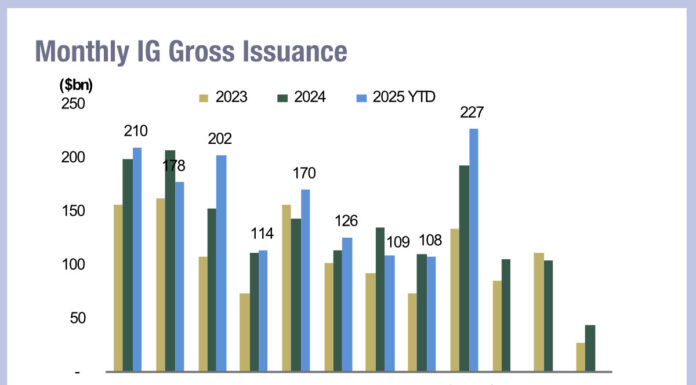The European Securities and Markets Authority (ESMA) is consulting on the development of technical standards (RTS) specifying the criteria for establishing and assessing the effectiveness of investment firms’ order execution policies, including accounting for whether the orders are executed on behalf of retail or professional clients.
Its consultation focuses significantly on execution venues, with its Article 3, ‘Establishment of an order execution policy’ opening on the point that an investment firm shall specify information in its order execution policy in relation to execution venues.
This is a contentious topic, as venues are not always used to trade, and where they are do not provide a homogenous service. in some cases they are responsible for introducing counterparties who then engage bilaterally, and in some cases responsible for the order matching logic of two orders, they are not well-defined.
Having expanded the definition of ‘trading venue’ to potentially capture desktop technology in February 2023, with some ambiguity in the definition, firms may find that they are required to assess execution management systems (EMSs) as part of the new policy, based upon the use of the system for connecting with bilateral trading, rather than trading with an authorised venue.
If an EMS is a ‘venue’ it potentially has no consistent characteristics regarding liquidity or pricing, as these are provided by third parties. Liquidity in bond markets is periodic, not continuous, and varies considerably between different areas of debt markets. The level of consistent liquidity that a broker might support in direct streaming via an EMS may therefore by hard to categorise.
Bilateral trading with a broker acting as a principal is common. Trading via a venue is not a given in any market.
In the US, which has a consolidated price tape for equities and fixed income markets, allowing for more transparent analysis, Coalition Greenwich found 21% of equity trading in 2023 was conducted via high-touch sales-trading, which requires the broker to use its balance sheet to work an order, while in US corporate bond markets the proportion of non-venue trading is closer to 60% across investment grade and high yield.
ESMA says its venue definition did not intend to capture systems which provide pure connectivity services between investment firms and execution venues.
“An EMS which purely supports routing orders without a third-party prescribing the rules for this interaction, should not be considered as a multilateral system and would hence not be required to seek authorisation as a trading venue,” it wrote.
The caveat to this was that systems which “present additional features and level of complexity that allow for the interaction of multiple third party buying and selling interests in financial instruments, thus combining all four criteria identifying a multilateral system, should be required to seek an authorisation as a trading venue.”
That means an EMS which allows firms to gather multiple quotes from multiple sources, and where these trading interests can interact with other trading interests within the system could be, “depending on the specifics, considered a multilateral system. In this context, it is important to consider the role of the entity operating the system, i.e. whether it is the software vendor itself or rather the investment firms.”
When looking at the new consultation, investment firms may need to clarify how an EMS is assessed in relation to multilateral trading venues, and potentially falls in and out of scope of the order execution policy as the EMS is used either for bilateral trading, or for routing orders to a venue.
The new consultation is expected to help ESMA finalise the draft version of the Technical Standards on investment firms’ order execution policies that ESMA will then submit to the European Commission according to the MiFID II review.
Feedback received to this consultation will lead to ESMA publishing a final report and submitting the draft technical standards to the European Commission for endorsement by 29 December 2024.
©Markets Media Europe 2025










